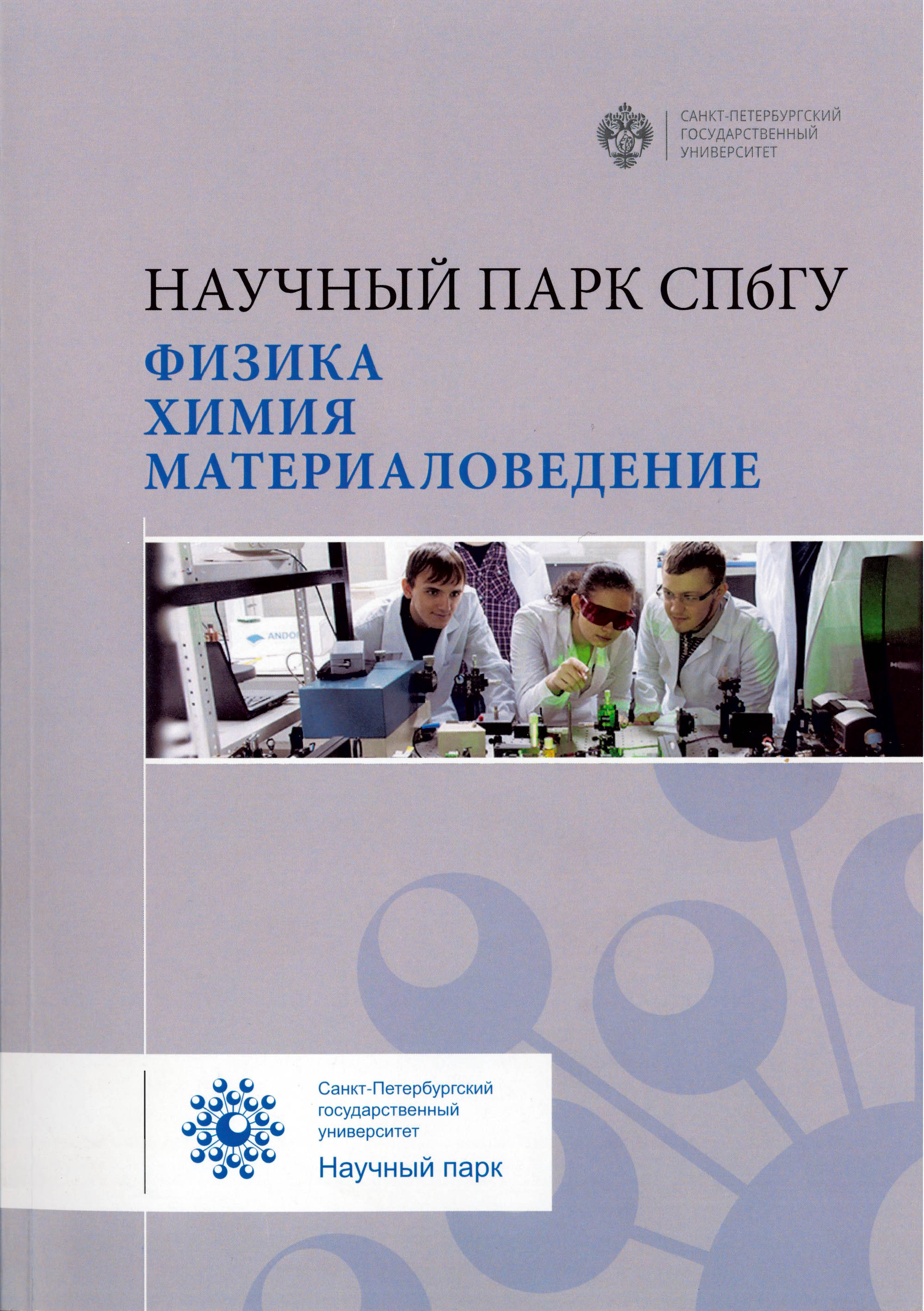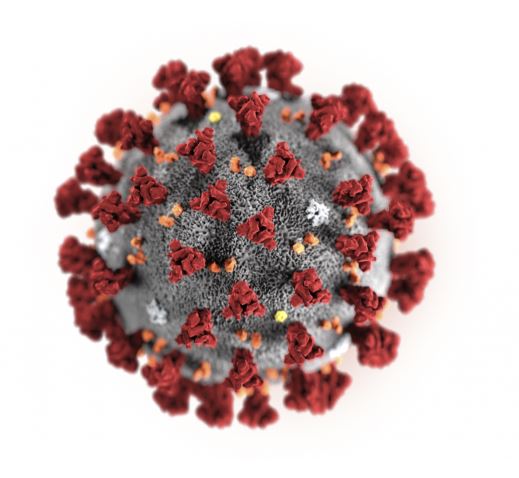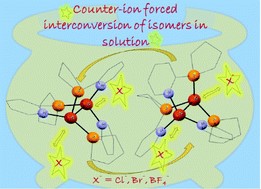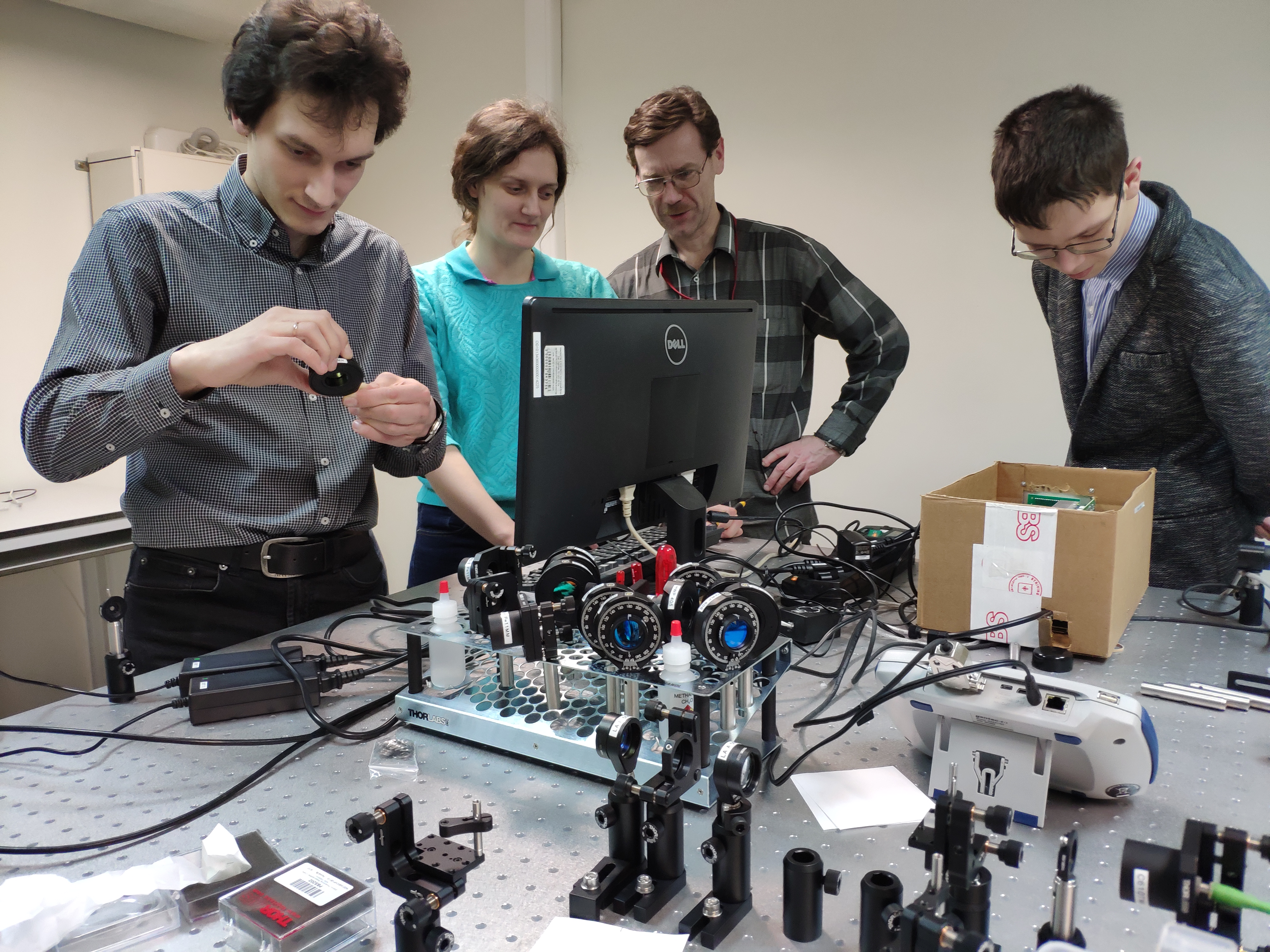Категория: Новости.

Вышла печатная версия сборника методических разработок сотрудников ресурсных центров Научного парка СПбГУ по направлениям химия, физика и материаловедение. Основные направления научных исследований – нанотехнологии и материаловедение – определяют диапазон тем предлагаемых публикаций. В сборник включены методические статьи сотрудников Научного парка СПбГУ по вопросам фотоэлектронной спектроскопии, сканирующей туннельной и атомно-силовой микроскопии высокого разрешения, фотолитографии и др. Большое внимание уделено детальному описанию методов и подходов.
Книга предназначена для специалистов, а также может быть использована в образовательных программах для подготовки студентов и аспирантов по направлениям физика, химия, материаловедение.
ISBN 978-5-288-06027-4
Категория: Новости.

В период борьбы с новой короновирусной инфекцией СПбГУ продолжает делать всё возможное, чтобы не допустить распространения вируса в стенах университета, но при этом выполнить свои обязательства перед обучающимися и сотрудниками. Ресурсный центр «Оптические и лазерные методы исследования вещества» работает в соответствии с введенными ограничениями, в центре выполняется весь спектр предоставляемых услуг.
Категория: Новости.
by A. Shamsieva, E. Musina, T. Gerasimova, I. Strelnik, A. Strelnik, I. Kolesnikov, A. Kalinichev, D. Islamov, A. Samigullina, P. Lӧnnecke, S. Katsyubaa, E. Hey-Hawkins, A. Karasik, O. Sinyashin
Dalton Trans., 2020,49, 11997-12008
https://doi.org/10.1039/D0DT01843K

A family of helical dinuclear copper(I) pyridylphospholane complexes [Cu2L3X]X (X = BF4−, Cl− and Br−) was prepared. The family includes the first examples of this type of complex based on copper(I) chloride and copper(I) bromide. The two isomers typical of this class of compounds, namely head-to-head and head-to-tail complexes, were studied in solution by spectroscopic and optical methods, and in the solid state by X-ray diffraction. Furthermore, the solid-state luminescence of the complexes at different temperatures was studied, and the results were interpreted using quantum-chemical calculations. It was shown that the luminescence of the complexes is attributed to the 3(M + X)LCT transitions.
Категория: Новости.
by M. Tuzhilkin, P. Bespalova, M. Mishin, I. Kolesnikov, K. Karabeshkin, P. Karaseov, A. Titov
Semiconductors, 54(1), 137-143.
https://doi.org/10.1134/S106378262001025X

The formation of nanoparticles under the irradiation of a thin metallic gold film by accelerated atomic and molecular ions is demonstrated. The obtained structures are used to form porous silicon by the metal-assisted chemical etching. The size of the gold nanoparticles and structure of porous silicon greatly depend on the type of incident particles and their fluence. A local increase in the density of energy released at the target surface under molecular ion bombardment significantly reduces the doses required to form the desired film morphologies and spread of nanoparticles over the surface and simultaneously makes a weaker radiative impact on the substrate. The shape of the fluorescence and fluorescence-excitation spectra of porous silicon obtained from the irradiated structures is independent of the irradiation parameters, but changes with the etching-solution concentration.
Категория: Новости.
В ресурсном центре «Оптические и лазерные методы исследования вещества» совместно со специалистами Центра Квантовых Технологий Московского государственного университета им. М.В.Ломоносова ведутся работы по монтажу комплекса «Квантовая оптика».



 Русский (РФ)
Русский (РФ)  English (UK)
English (UK) 


